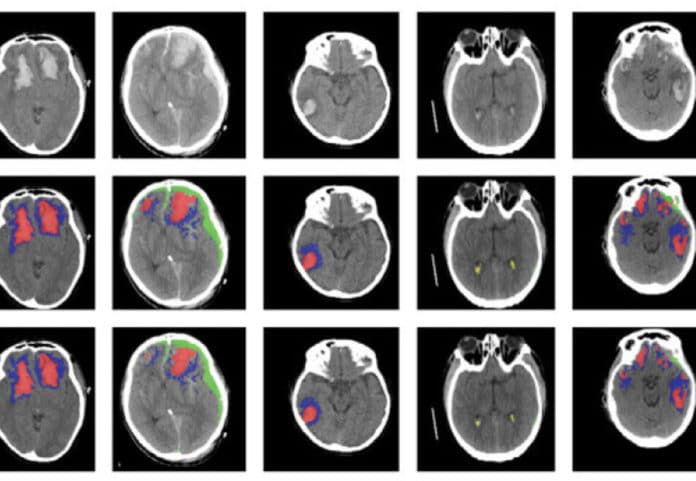In collaboration with the University of Cambridge, scientists at Imperial College London have devised an AI algorithm to identify different types of brain injuries. What’s more, this algorithm can detect, segment, quantify, and differentiate between types of brain lesions using images of CT scans.
Using this AI and algorithm, scientists expect to automate the diagnosis of different injury types to help inform treatment in the future potentially.
Although the AI is currently being used for research, but with proper validation, it could also be used in clinical scenarios like in resource-limited areas where there are few radiologists.
Co-senior author Professor David Menon from the University of Cambridge said: “CT is an incredibly important diagnostic tool, but it’s rarely used quantitatively. Often, much of the rich information available in a CT scan is missed, and as researchers, we know that the type, volume, and location of a lesion on the brain are important to patient outcomes.”
Imperial scientists have developed a machine learning tool based on an artificial neural network.
They prepared the tool on more than 600 diverse CT scans indicating brain injuries of various sizes and types, before validating the tool on an enormous dataset of CT scans.
Not only this, but the AI could also classify individual parts of each image and tell whether it was familiar or not.
According to scientists, this could be useful for future studies in how head injuries progress. Additionally, it could potentially enable the researchers to solve important clinical research questions that have previously been difficult to answer, including the determination of relevant features for prognosis, which in turn may help target therapies.
Ph.D. student Miguel Monteiro, who is co-first author on the study from Imperial’s Department of Computing, said, “It’s exciting to be able to directly contribute to important clinical research questions with the algorithms that we develop, and it’s rewarding to see that our work has the potential to improve patient care.”
Co-senior author Dr. Ben Glocker, also from Imperial’s Department of Computing, said: “This study is a prime example of how close collaboration between the engineering and clinical sciences can lead to real impact.”
“AI in healthcare has so much potential, and we are only at the beginning of bringing this technology into clinical practice. Making sure that we address the right problems together with a careful clinical validation is key.”
Journal Reference:
- Miguel Monteiro, Multiclass semantic segmentation and quantification of traumatic brain injury lesions on head CT using deep learning: algorithm development and multicentre validation study. DOI: 10.1016/S2589-7500(20)30085-6
